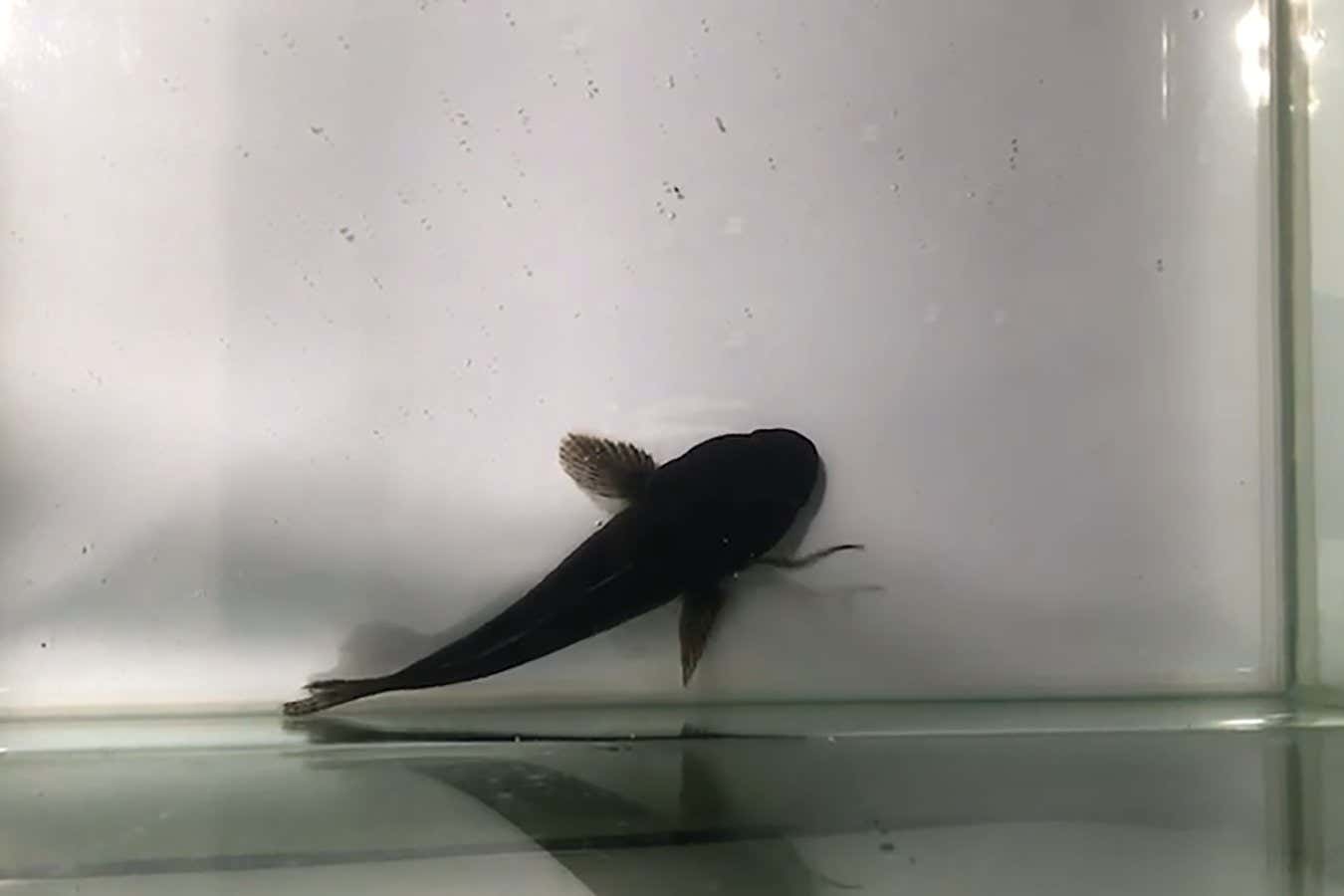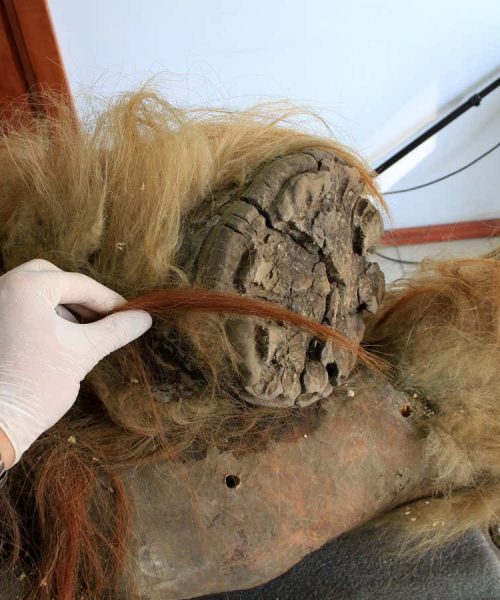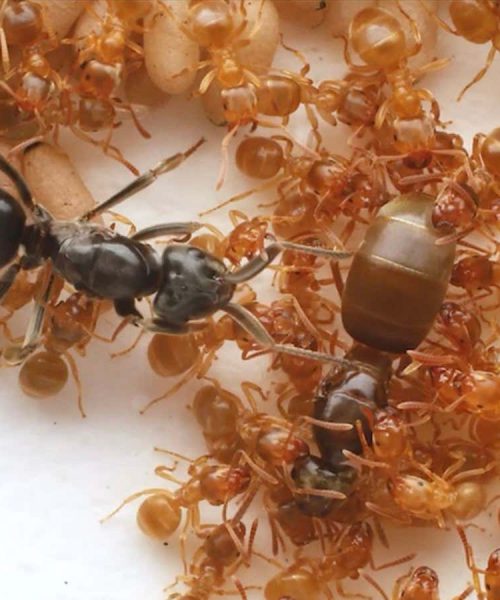
An eel escapes via a fish’s gills
Hasegawa et al./Current Biology
Japanese eels try to wriggle back out of the stomachs of fish that have swallowed them whole – and now we know how they sometimes succeed.
A few years ago, Yuha Hasegawa at Nagasaki University in Japan noticed that Japanese eels (Anguilla japonica) that had been swallowed by fish were somehow reappearing in tanks. Further investigation revealed that the eels were escaping through the gills of fish, with 28 out of 54 eels that had been observed being swallowed whole managing to escape – but exactly how they managed this feat was unclear.
Advertisement
Now, Hasegawa and colleagues have managed to film the process by injecting eels with a contrast agent that makes them visible on X-rays. Of 32 eels that were filmed being swallowed whole by dark sleeper fish (Odontobutis obscura), 12 managed to go back up the gullet far enough to bend their tail around and get it out of a gill slit. Of these 12, nine escaped.
In some cases, the tails of the eels weren’t fully in the fish’s stomach when they starting moving backwards up the gullet, but in others the entire body was in the stomach, with the eels circling around as if looking for a way out. Five out of 11 eels that were fully in the stomach managed to put their tail into the gullet entrance and back up towards the gills.
Two of the 11 went the wrong way, towards the intestines. Those that didn’t manage to escape all died within three and a half minutes.
The team now plans to investigate whether other species of eel and fish with a similar shape are also capable of escaping in this way. “At this point, the Japanese eel is the only species of fish confirmed to be able to escape from the digestive tract of the predatory fish after being captured,” says Hasegawa.
Some other kinds of animals can escape after being swallowed whole, though. For instance, the aquatic beetle Regimbartia attenuata can escape from frogs by crawling out of their anuses.
Topics:





